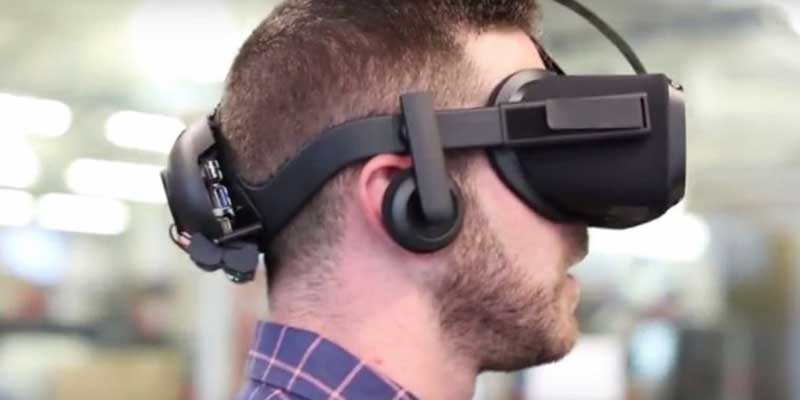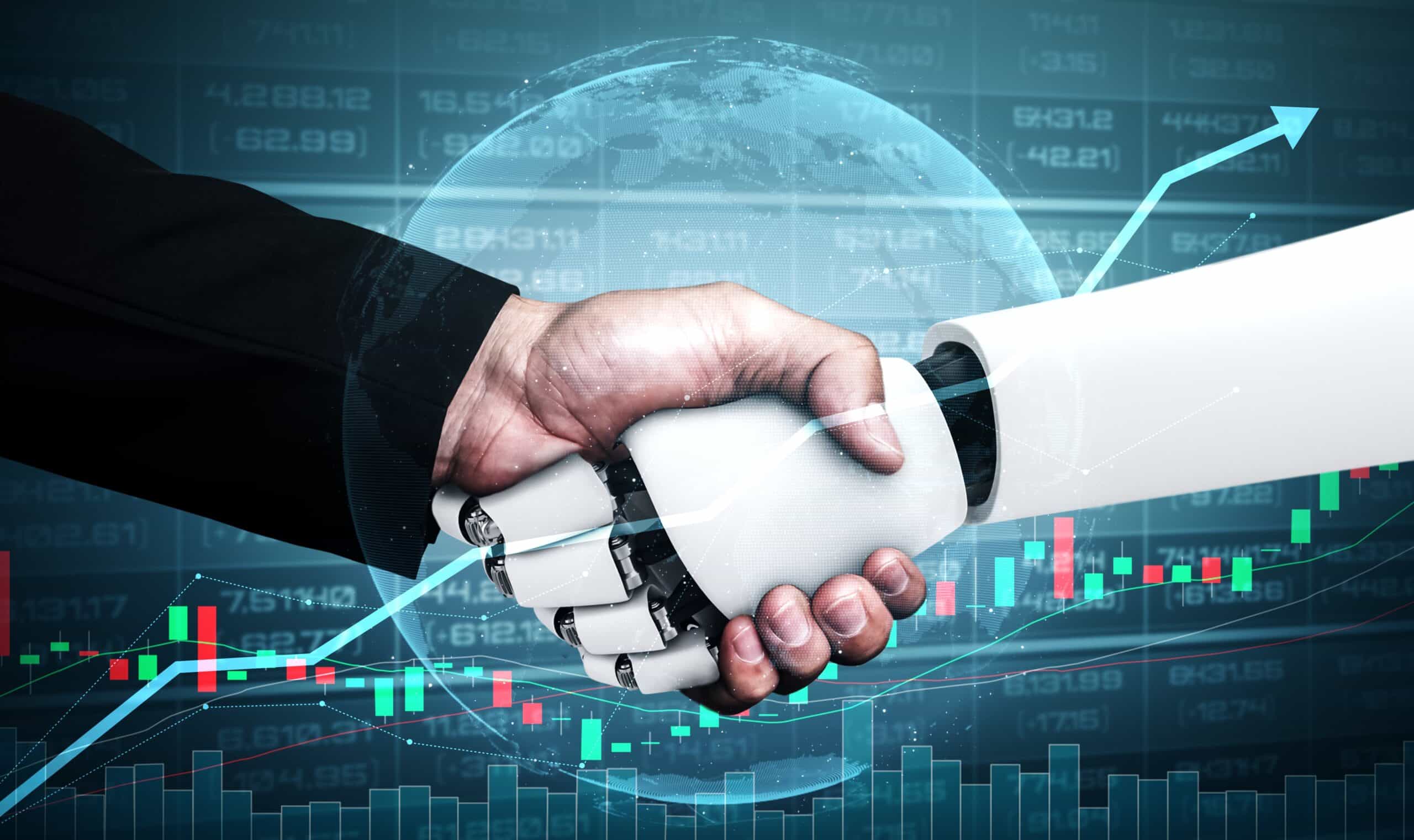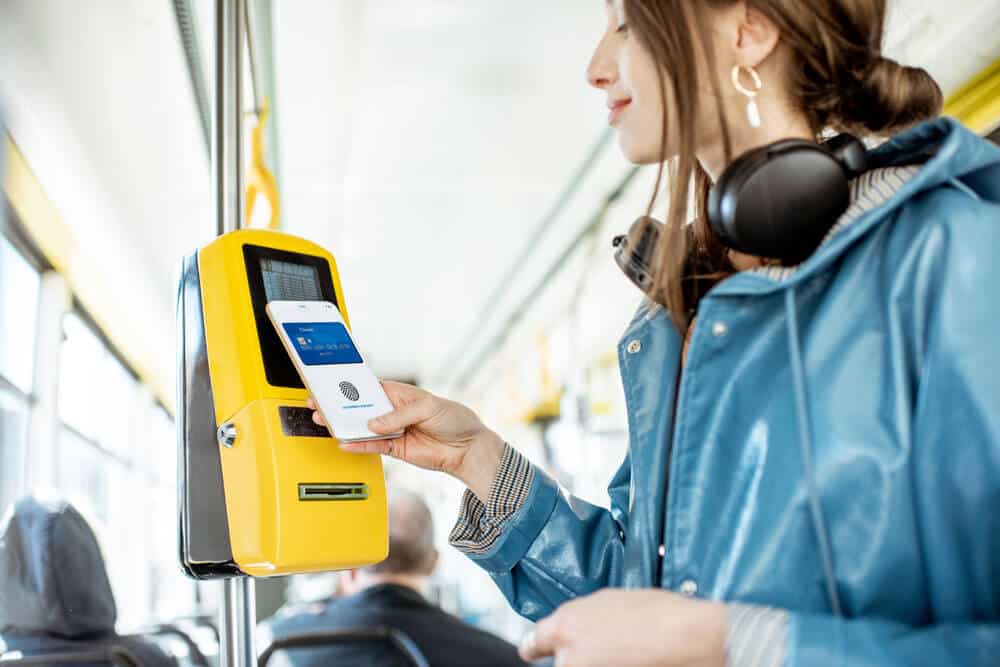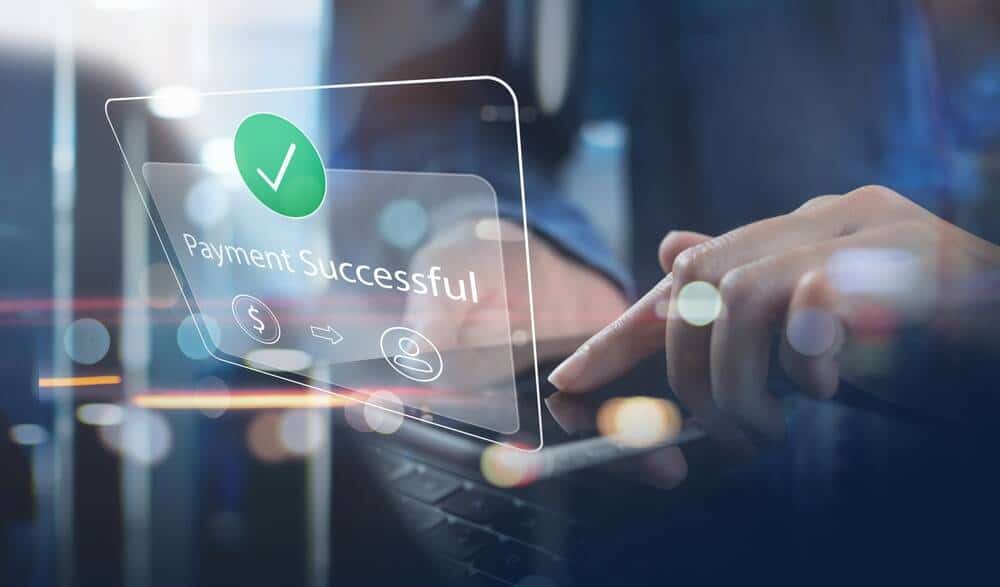- We will spend more time in virtual worlds than in the real one
- Digital twins will enable us to be in two places at the same time
- The IoT and sensor technology will turn our devices and spaces into participants
- Corporations will create blockchain apps for use in various industries
- Structured data mining will provide incredible insights and become big business
- Intelligent chatbots and virtual assistants will become even smarter
Since tech companies are by their very nature, secretive, predicting the future of technology can be somewhat challenging. Nobody could have foreseen the events of this past year, such as Donald Trump being elected and the loss of so many music legends. But prime fields of innovation and growth in 2016 included virtual reality, big data and the Internet of Things and we are expecting these trends to continue expanding in 2017 and beyond. In this article we will take a closer look at the above trends as well as at the digital twins concept, sensor technology, blockchain, chatbots and more.
We will spend more time in virtual worlds than in the real one
The use of virtual reality was, up until recently, mainly limited to large companies with big budgets to develop and test the technology. This year, however, the appearance of virtual reality headsets as consumer devices enabled the public to get their first taste of this incredible technology. With mass-market VR and AR devices as well as open source software becoming increasingly available in 2017, users will have more and more opportunities to design their own worlds and realities and the technologies will become real game-changers, at work as well as for leisure. This coming year, Microsoft is set to release their new HoloLens while Facebook will continue with work applications for the Oculus Rift. Industry experts predict that worldwide revenues for the virtual and augmented reality market will reach over $160 billion by 2020.

Digital twins will enable us to be in two places at the same time
When you combine artificial intelligence, the Internet of Things, virtual reality and augmented reality, you end up with a so called ‘digital twin’ – a computerised, sensor data generated version of something in the real world. It can be a virtual representation of a product, process or service, effectively enabling someone to be in two or more places at the same time. According to Gartner Inc., the world’s leading information technology research and advisory company, digital twins will become a household name in 2017 and an actual way in which people will interact with each other as well as with day to day devices in the real world. Via their digital twin, people will be able to create new products, test solutions, watch IoT objects and diagnose failures and within the next couple of years, digital twins are expected to represent hundreds of millions of things. In order to help us extend our immediate area of influence, we will see the concept of digital twins manifested in various ways such as telepresence meetings or remote control devices such as drones. Another example is a surgeon controlling a robot that remotely performs a surgery in another physical location. Unmanned vehicles and equipment will function as ‘stand-ins’ to access dangerous or inaccessible places such as the bottom of the ocean or deep space.
The IoT and sensor technology will turn our devices and spaces into participants
In 2017, not just devices but each and every space you can imagine will become embedded with sensor technology. Think hospitals, living rooms, retail stores, restaurants, public transport and any other environment you can think of. And then they will join the Internet. The usage patterns, temperature, noise levels, moisture levels and any other variables within these devices and spaces will be monitored and measured at different times a day or even continuously. Devices such as your fridge, TV, security cameras, locks and thermostats will all be connected in order to make processes and energy consumption more efficient. Our devices and spaces will no longer merely exist in our lives, they will become active participants. Devices will start communicating with each other and even assist each other in making decisions and by 2018, an estimated six billion connected ‘things’ will actively request assistance from artificial intelligent platforms.
Corporations will create blockchain apps for use in various industries
Blockchain, the technology that creates a global ledger of transactions and has no central authority, is tamper-proof and secured by advanced cryptography. The blocks containing the transaction data are electronically chained together. The biggest is the one that runs Bitcoin. Blockchain has been proclaimed as potentially revolutionising contracts and online payments and banks already use Bitcoin to keep track of bonds, stocks and trades. In 2017, we will see blockchain applications emerge that are based around the potential of the technology in Internet of Things devices. The intelligent, automated ledgers are perfectly suited for logging and tracking activities of networks consisting of thousands, even millions of virtual processes and connected devices. We have already seen the emergence of many corporations that create various blockchain apps for applications in the financial industry, the healthcare sector and more. Experts believe that by 2021, the global blockchain technology market will have exceeded $2.2 billion.
Structured data mining will provide incredible insights and become big business
We produce never ending streams of data with everything we do. Think emails, call logs and audio and video data. While most of this data is full of important and valuable insights, the vast majority of it is unstructured and therefore not useable. Because it is still complicated to format all of this data into columns and rows so that it can be analysed, we have, up until now, still not really been able to access or use most of it. With recent advances in natural language processing, image recognition and sentiment analysis, that’s all about to change. 2017 will see many improvements in data mining and it is expected to become huge business. New data mining techniques will enable companies to automate the analysis of countless hours of client service phone calls, making it possible to instantly upgrade their client service and increase customer satisfaction.
Intelligent chatbots and virtual assistants will become even smarter
The future of technology lies in human language, conversation is the new interface and bots are the new apps. This is what Microsoft CEO Satya Nadella said at this year’s Build Conference. With artificial intelligence set to infuse everything from the Internet of Things to cloud services, intelligent virtual assistants such as Siri, Google Now, Alexa and Cortana will become even smarter. Not only will we be speaking to ‘things’ and sending text messages to apps to order them to carry out all manner of tasks for us, in the next few years, all of the smart devices in our lives will come fitted with a type of conversational interface.
Chatbots and virtual assistants may not be as flashy as augmented and virtual reality and not as instantly practical as 3D printing, they will nevertheless gain significant traction in 2017 and beyond, with support from all over the tech industry where many tech enterprises as well as startups are already entering the chatbot space, sinking hundreds of millions of dollars into the technology. One example is Oracle, who is already building chatbots for their apps. Their chatbot platform is a simple interface for business applications and the chatbots developed with it can work in messaging apps like Slack, Facebook Messenger and Kik.
We all know that making predictions about the future of technology, even if only a year in advance, can be tricky. Announced developments are often not released as planned. At the same time, surprises often come from new and exciting directions. It is nevertheless always interesting and fun to speculate about what is coming next. What we do know is that 2017 will see the technologies discussed in this article coming out of their ‘emerging’ phase, disrupting many industries. Artificial intelligence and machine learning will be increasingly embedded in everyday things. This trend will be closely aligned with the expansion of the IoT, the emergence of conversation-based interfaces and the movement toward digital twins.








